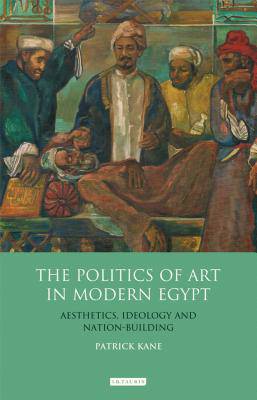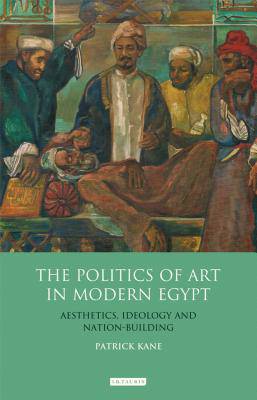
- Afhalen na 1 uur in een winkel met voorraad
- Gratis thuislevering in België vanaf € 30
- Ruim aanbod met 7 miljoen producten
- Afhalen na 1 uur in een winkel met voorraad
- Gratis thuislevering in België vanaf € 30
- Ruim aanbod met 7 miljoen producten
Zoeken
€ 271,45
+ 542 punten
Omschrijving
Art and cultural production in Egypt during much of the last hundred years has operated against a backdrop of political crisis and confrontation. Patrick Kane focuses on the turbulent changes of the 1920s to 1960s, when polemical discourse and artistic practice developed against the entrenched and co-opted conservatism of elite and state culture. Radical forms of cultural criticism and dissonance emerged, and this legacy continues to resonate through contemporary activism and dissent. Kane charts the rise of key art movements, like the Egyptian Surrealists and the Contemporary Art Group, and explores their resistance to the Nahda paradigm of elite culture, as well as Nasser's state authoritarianism and nationalist agenda. Through the work of artists and critics like Abd al-Hadi al-Gazzar and Gamal al-Sagini, Kane provides rare insight into the Egyptian cultural and aesthetic experience, and how it has been shaped within a context of political and social conflict.
Specificaties
Betrokkenen
- Auteur(s):
- Uitgeverij:
Inhoud
- Aantal bladzijden:
- 280
- Taal:
- Engels
- Reeks:
- Reeksnummer:
- nr. 105
Eigenschappen
- Productcode (EAN):
- 9781848856042
- Verschijningsdatum:
- 15/02/2013
- Uitvoering:
- Hardcover
- Formaat:
- Genaaid
- Afmetingen:
- 146 mm x 226 mm
- Gewicht:
- 476 g

Alleen bij Standaard Boekhandel
+ 542 punten op je klantenkaart van Standaard Boekhandel
Beoordelingen
We publiceren alleen reviews die voldoen aan de voorwaarden voor reviews. Bekijk onze voorwaarden voor reviews.











